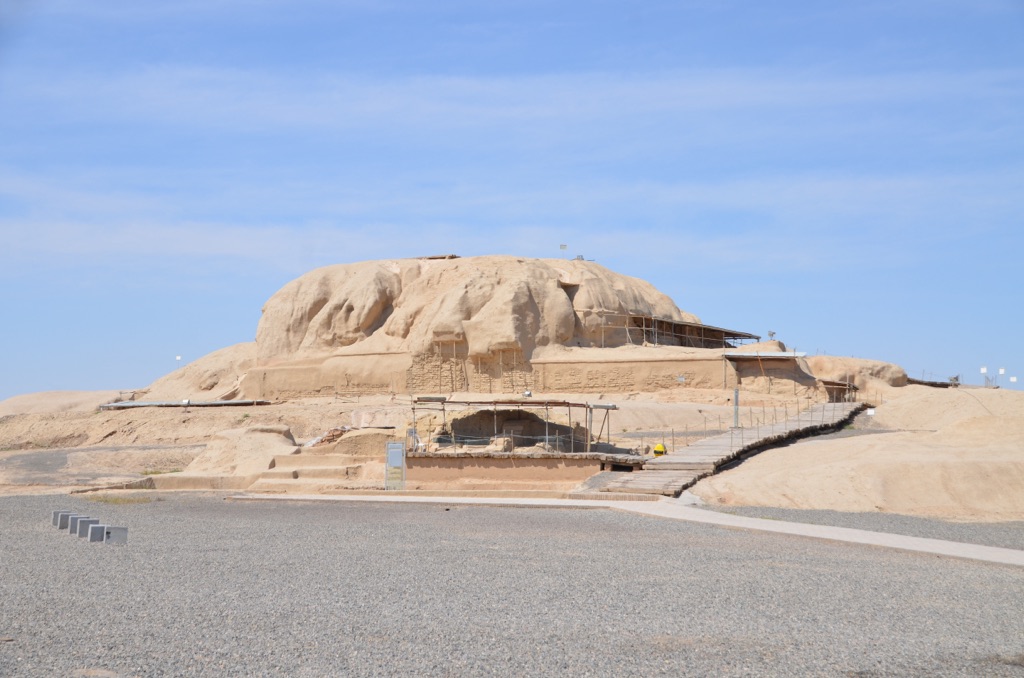The Tepe Sialk ziggurat stands as a testament to the architectural ingenuity of ancient civilizations. Located in modern-day Iran, this ancient structure is a remnant of the once-thriving Elamite civilization. The ziggurat’s ruins hint at a complex society with advanced knowledge of building techniques. Over time, it has sparked the curiosity of historians and archaeologists alike, eager to unravel its mysteries and the stories of the people who built it.
Ziggurats
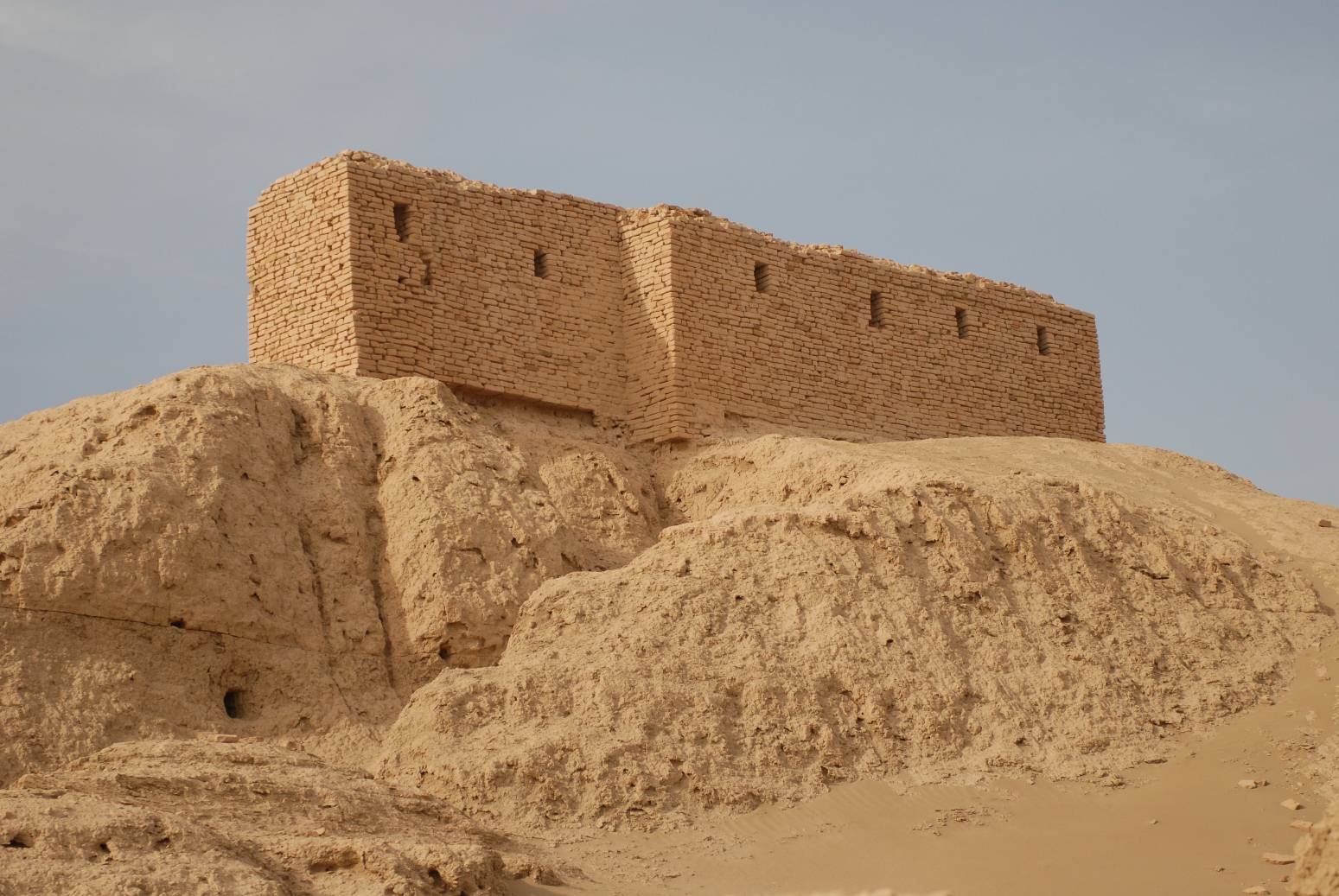
Ziggurats are large, stepped towers that were built by ancient Mesopotamian cultures. They served as temples and were believed to connect the earth with the heavens. These massive structures were central to religious life in ancient cities like Babylon.
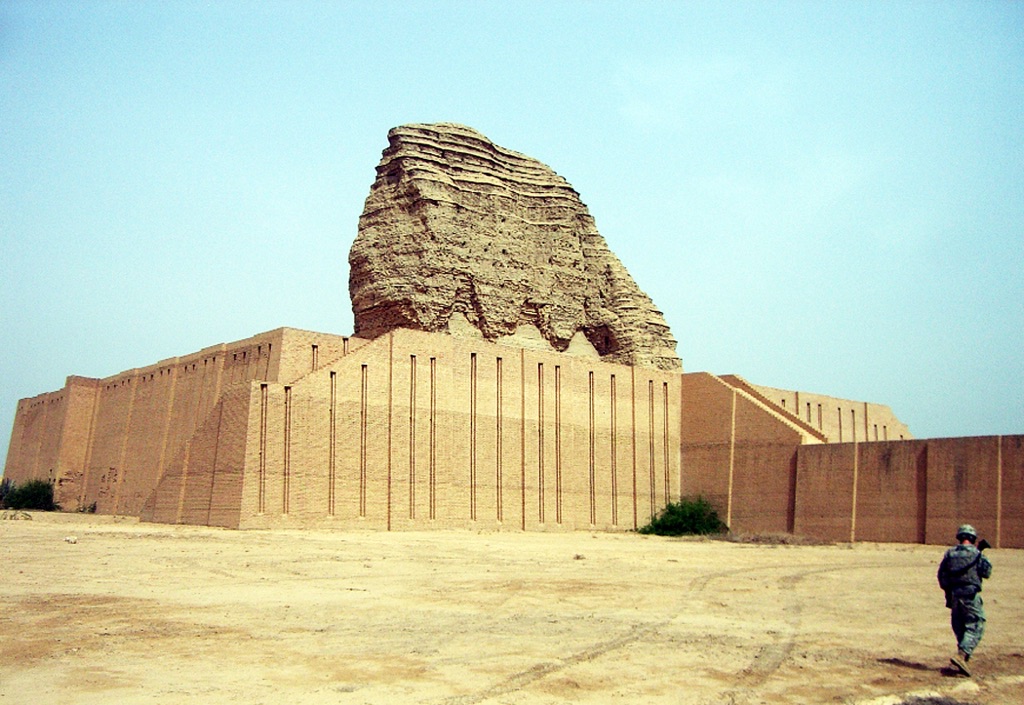
Dur-Kurigalzu
Dur-Kurigalzu, a city from ancient Mesopotamia, stands as a testament to the Kassite Dynasty’s architectural prowess. Founded by King Kurigalzu I in the 14th century BC, it served as a political and religious center. The city, named after its founder, was strategically positioned between the Tigris and Euphrates rivers. Its ruins, including a ziggurat and palatial complex, provide insight into Kassite culture and influence. Excavations have unearthed artifacts that shed light on the city’s significance in ancient times.
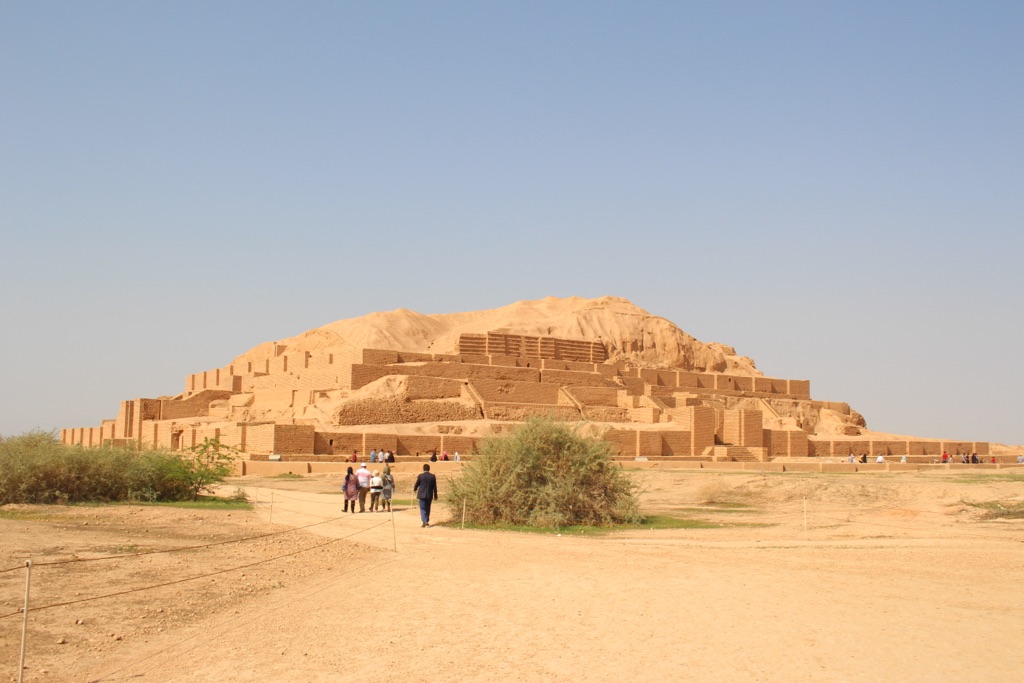
Chogha Zanbil
Chogha Zanbil is an ancient Elamite complex in the Khuzestan province of Iran. This site, one of the few extant ziggurats outside of Mesopotamia, was built around 1250 BC by the king Untash-Napirisha. Originally named Dur Untash, it was a religious center dedicated to the Elamite divinities Inshushinak and Napirisha. Chogha Zanbil remains one of the most significant testimonies to the Elamite civilization and was one of the first Iranian sites to be inscribed on the UNESCO World Heritage List in 1979.
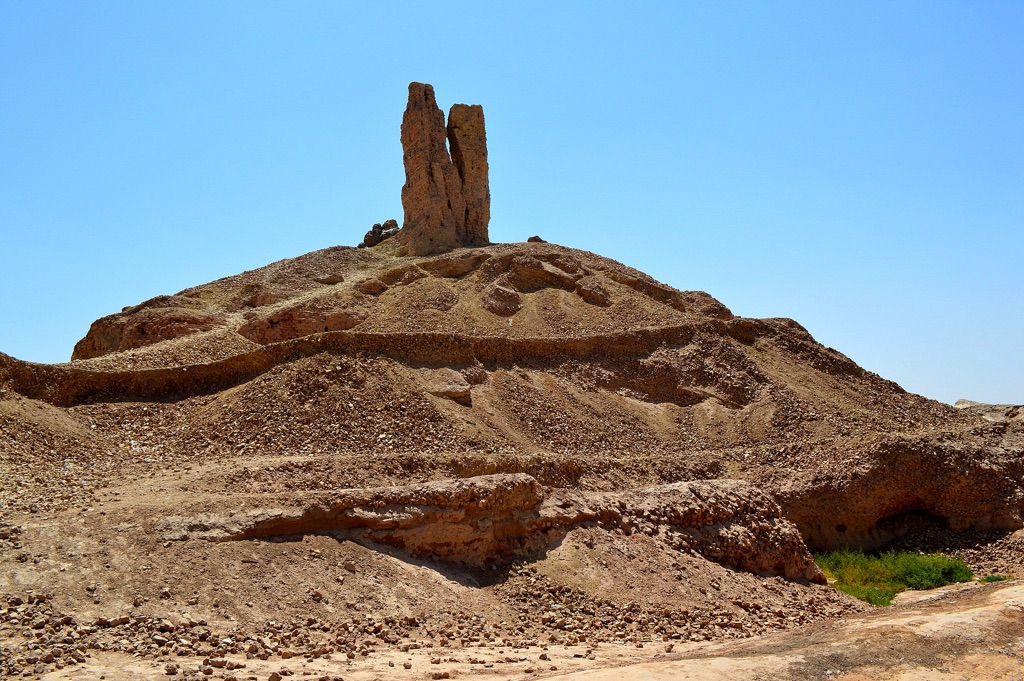
Ziggurat of Borsippa
The Ziggurat of Borsippa, also known as the Tongue Tower, is a remnant of ancient Mesopotamian civilization. It stands near the city of Babylon, in present-day Iraq. This towering structure was part of a temple complex dedicated to the god Nabu, the Mesopotamian god of wisdom and writing. The ziggurat’s core was made of sun-dried brick, and its exterior was covered with baked bricks laid with bitumen, a naturally occurring tar. It was a place of worship and an administrative center, symbolizing the city’s prosperity and piety.
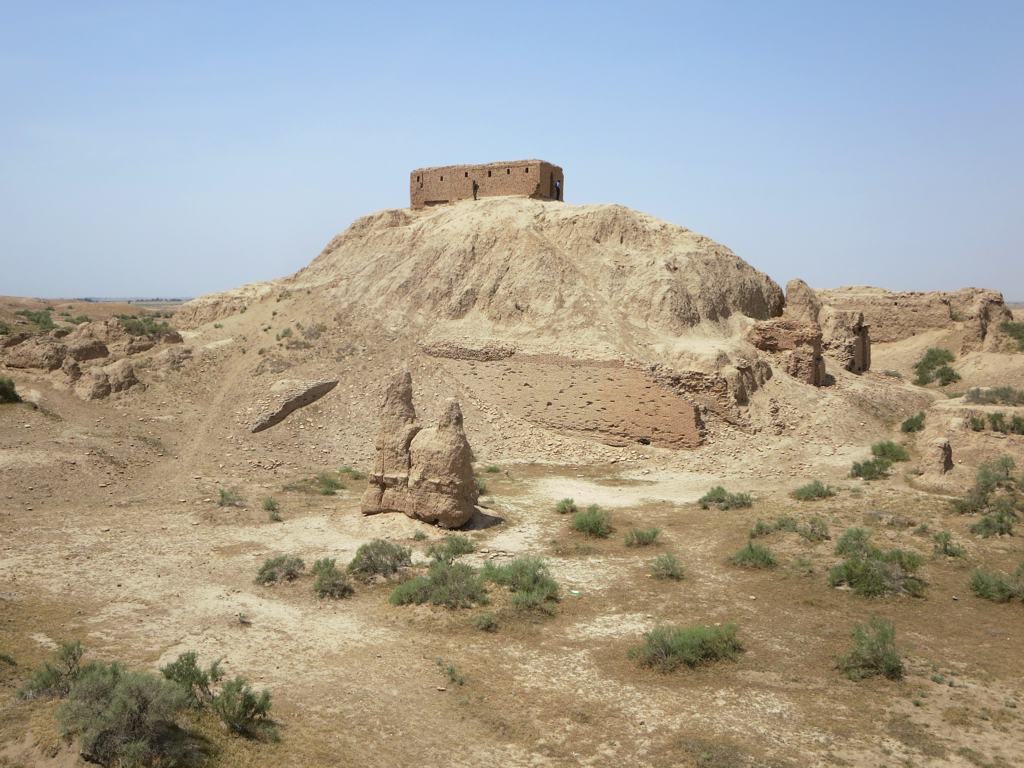
Ziggurat of Enlil (Nippur)
The Ziggurat of Enlil, located in the ancient city of Nippur, is a testament to the architectural and religious grandeur of Mesopotamia. This towering structure was dedicated to Enlil, the chief deity in the Sumerian pantheon. As a central place of worship, it played a significant role in the spiritual and political life of the Sumerians. Over time, the ziggurat’s influence extended beyond the borders of Nippur, reflecting the city’s importance as a religious center. Despite the ravages of time, the Ziggurat of Enlil continues to captivate historians and archaeologists, offering insights into the ancient world’s complexities.
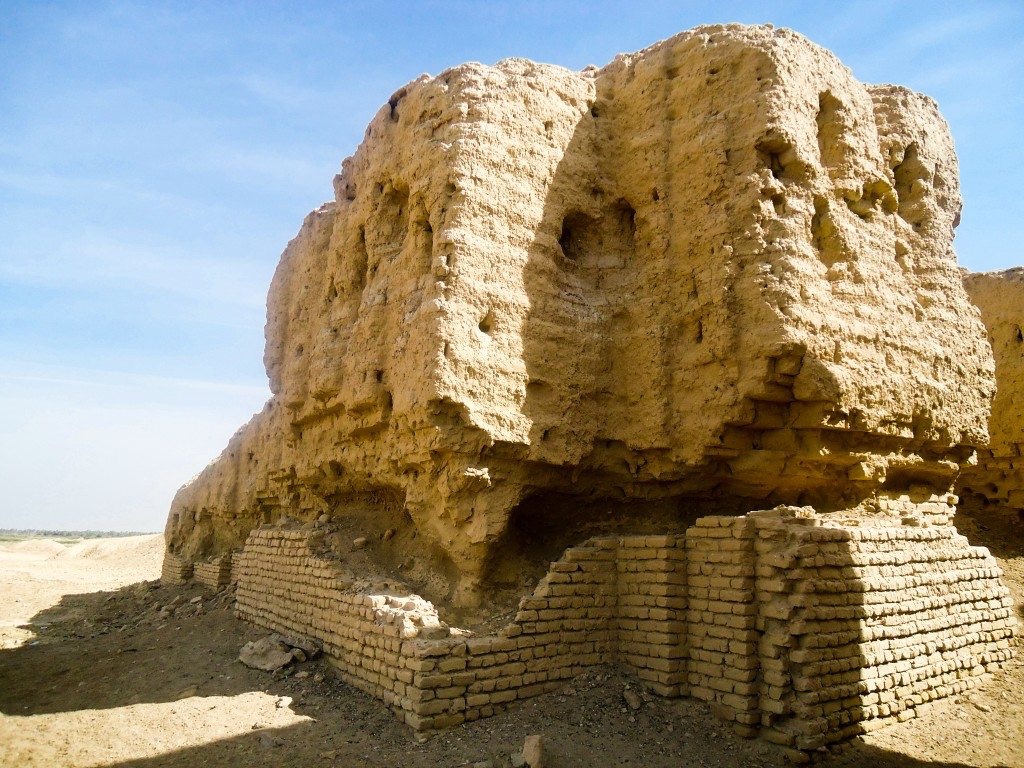
Ziggurat of Kish
The Ziggurat of Kish is an ancient structure located in the once prominent city of Kish, which is now part of modern-day Iraq. This towering edifice is a testament to the architectural ingenuity and religious devotion of the Sumerian civilization. Ziggurats were massive, terraced structures that served as the base for temples and were often dedicated to the main deity of a city. The Ziggurat of Kish, although not as well-preserved as some of its counterparts, like the famous Ziggurat of Ur, remains a significant archaeological site that provides insight into the early urban and religious practices of Mesopotamia.

